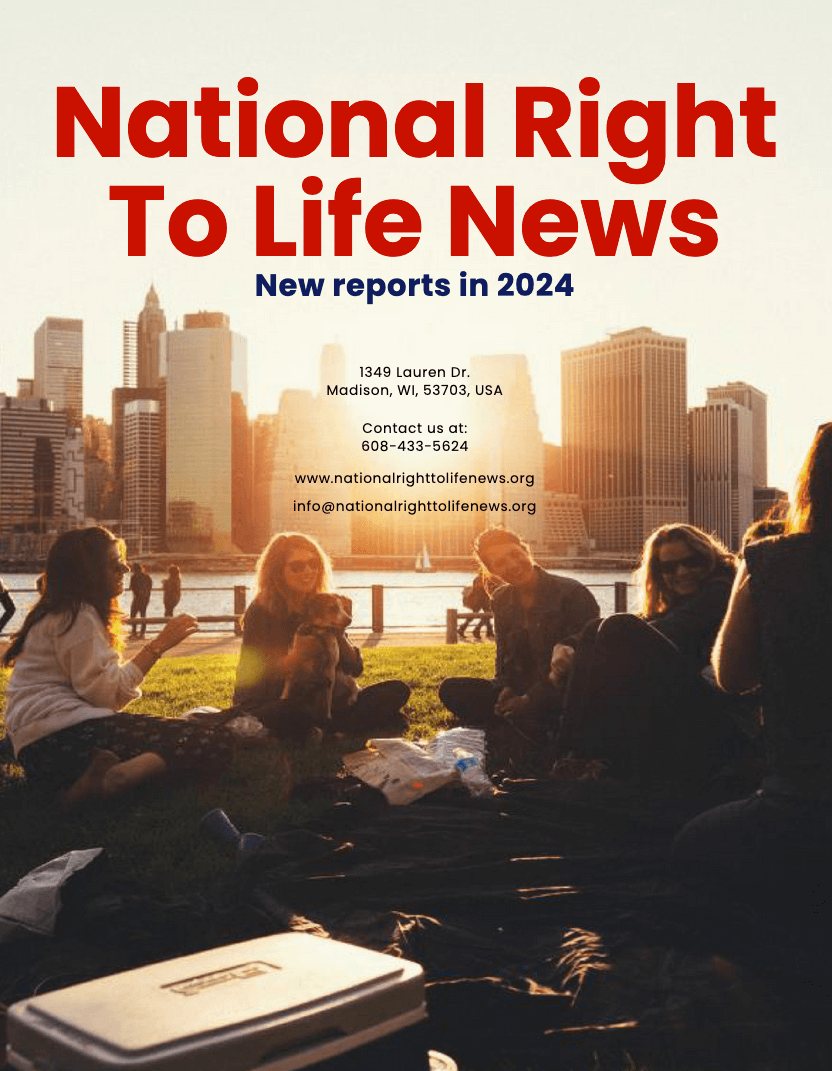In a one-sentence order, the Supreme Court today declined to hear an appeal of an appeals court decision that invalidated North Carolina’s ultrasound law.
The provision, passed over the veto of the governor in 2011, requires that an ultrasound image of the unborn child be displayed at least four hours prior to an abortion so that the mother might view it and that she be given the opportunity to hear the unborn child’s heartbeat. The law also provides for a “simultaneous explanation of what the ultrasound is depicting.”
But as NRL News Today reported last December, Judge J. Harvie Wilkinson III, writing for a unanimous three-judge panel of the 4th U.S. Court of Appeal, concluded, “The state cannot commandeer the doctor-patient relationship to compel a physician to express its preference to the patient.“ Although Judge Wilkinson conceded the law was “a regulation of the medical profession,” he concluded it was “ideological in intent and in kind.”
However, as Mary Spaulding Balch, JD, NRLC’s director of State Legislation, told NRL News Today, a federal appeals court panel in Texas upheld a very similar law.
Balch was kind enough to fill in the blanks for NRL News Today readers:
“There is no explaining why the US Supreme Court refused to take this case,” she said. “We now have a situation where mothers’ in Texas will have their right to informed consent protected while those in North Carolina are at the mercy of the abortionist. The Texas and North Carolina ultrasound laws were almost identical, yet one is enforceable and the other is not.
Balch said that many abortion providers claim they already offer the mother an opportunity to view the ultrasound. “In practice, however, this ‘offer’ is made in such a manner that it places the burden on the mother to ask to view the ultrasound,” Balch said.
“For instance, some providers note the offer in a lengthy, small type consent form, and require the mother to ask for the opportunity to view with the abortionist, while others very pointedly keep the screen turned away from her.”
Balch emphasized a key consideration: The burden to ask to view the ultrasound should not be on the mother, already in crisis, but rather should be on the abortion provider to display.
“In Texas, the ultrasound screen is required to be displayed in such a manner that would allow the mother to view it if she wants to look, whereas, in North Carolina, the burden will now be on the mother to ask to view the screen,” she said.
In his brief North Carolina Attorney General Roy Cooper told the justices that the law is “perfectly consistent with the First Amendment, as a reasonable regulation of medical practice.”
“Five states have enacted essentially the same display-and-describe requirement at issue in this case,” Cooper wrote, “and an additional four states require a physician to provide a simultaneous explanation of an ultrasound image upon a woman’s request.”
The one saving grace is, as the New York Times wrote. “Monday’s development, which set no precedent, did not affect the validity of any law aside from North Carolina’s.”
Why are ultrasounds important and why do pro-abortionists so adamantly oppose them?
“An ultrasound provides a window into the womb,” Balch said. “It allows the mother to see her unborn child and to experience the humanity of the unborn child before it is too late.”
And ultrasound “is not deceptive, it is not tainted by anyone’s viewpoint,” she noted.
It can be an essential element for informed consent. The mother needs the opportunity to understand the consequences of her decision so she might be able to spare herself from regret and save the child’s life. Now, in North Carolina, she may never have that opportunity.
Chelsea Garcia is a political writer with a special interest in international relations and social issues. Events surrounding the war in Ukraine and the war in Israel are a major focus for political journalists. But as a former local reporter, she is also interested in national politics.
Chelsea Garcia studied media, communication and political science in Texas, USA, and learned the journalistic trade during an internship at a daily newspaper. In addition to her political writing, she is pursuing a master's degree in multimedia and writing at Texas.

